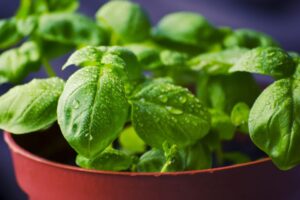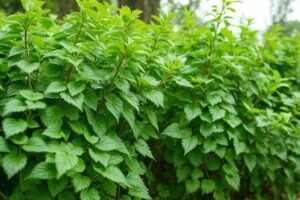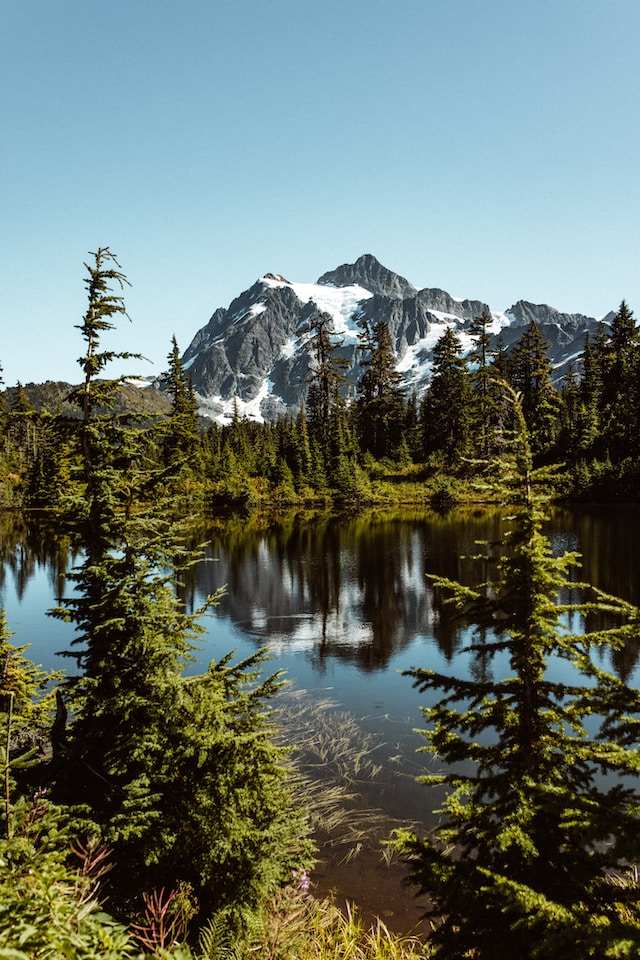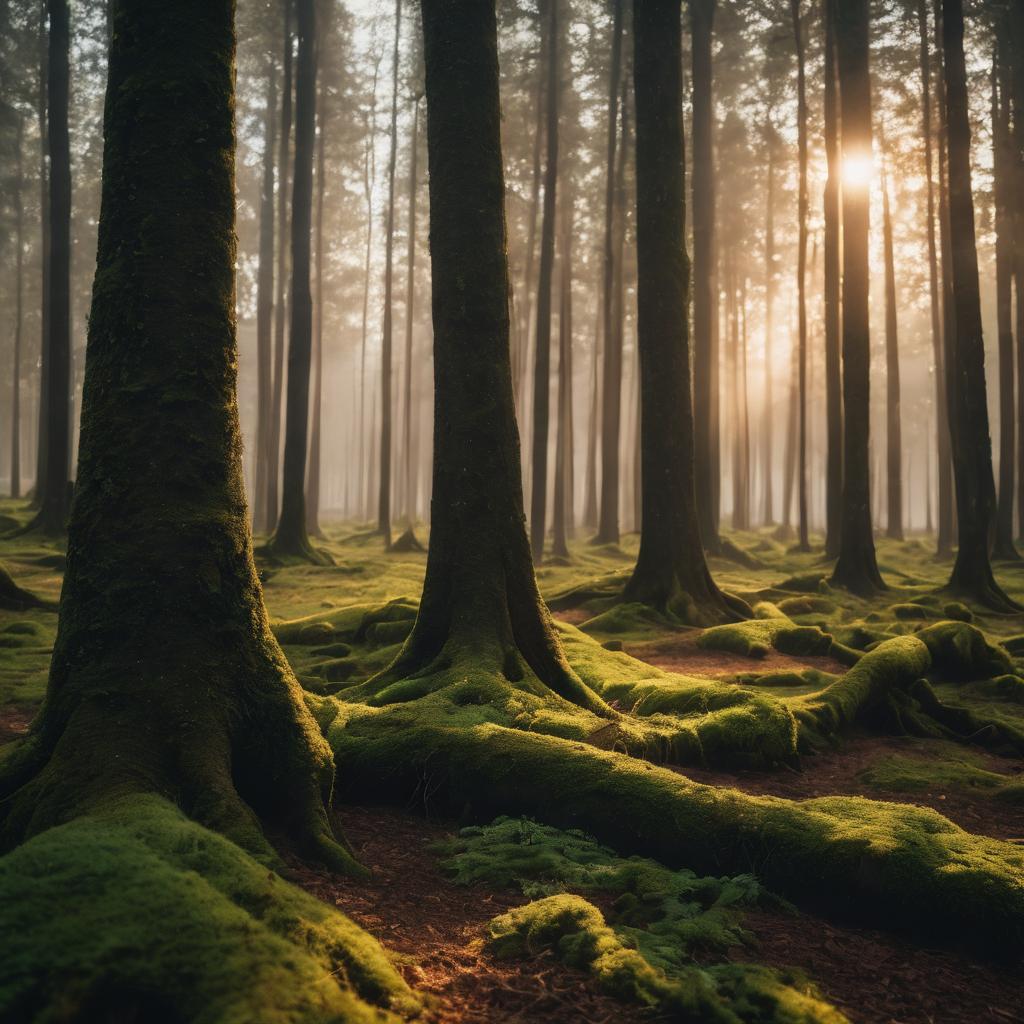Introduction
The trees in your yard can do more than provide some shade on a hot summer day. They can also help combat climate change—that is, if you plant them properly. Here’s how:
Trees absorb carbon dioxide, the greenhouse gas that is most responsible for global warming
Trees release oxygen as a byproduct of photosynthesis, which means they help to reduce the amount of carbon dioxide in our atmosphere.
- Trees absorb carbon dioxide through their leaves and store it in their trunks, branches and roots. They also use this stored carbon to grow new leaves and other plant parts like flowers or seeds, so they can continue absorbing more CO2 from the air around them!
- As long as there are trees on Earth (and there will be forever), they’ll keep working hard at pulling excess CO2 out of our atmosphere–which means they’re helping us fight climate change right now!
Trees store carbon in their trunks and branches
Trees absorb CO2 from the atmosphere through their leaves and store it in their trunks and branches.
As a result, trees play an important role in reducing global warming by capturing carbon dioxide from the air and storing it within their trunks. This process is known as carbon sequestration, which prevents CO2 from being released back into our atmosphere for years or even decades at a time.
Trees provide shade, which helps reduce property cooling costs and can also help improve human health
Trees help keep soil healthy, reducing erosion and preventing floods and landslides.
Trees improve water quality by filtering out pollutants in rainwater before it reaches streams and rivers.
They help lower temperatures in cities by providing shade for buildings, streets and sidewalks – reducing the need for air conditioning and energy use.
Trees can provide shade, which helps reduce property cooling costs and can also help improve human health by reducing exposure to UV light.
Trees also improve air quality by filtering out pollutants like ozone and particulate matter that are released into the atmosphere from cars, factories and other sources. They help keep soil healthy by preventing erosion after heavy rains or storms; this prevents floods and landslides from occurring in urban areas with large tree populations (which is particularly important given how many cities are located near rivers).
They protect water supplies by keeping soil moist and filtering pollutants from storm water runoff.
Trees help protect water supplies by keeping soil moist, filtering pollutants from storm water runoff and preventing flooding and landslides. They also prevent erosion by stabilizing the soil with their roots.
Trees are an important part of a healthy ecosystem because they provide shade that lowers temperatures, which conserves energy needed for evaporation during hot summer months when there’s little moisture in the air to cool things down.
Using native plants can reduce the need for watering, fertilizing, pest control and mowing while still providing ecosystem benefits like pollination and habitat for birds and insects. The result is a cooler climate with less stress on your pocketbook!
Native plants are adapted to local conditions, so they require less water and fertilizer. Native plants provide habitat for birds and insects. They reduce the need for pest control, mowing and watering.
Increase your tree count today!
- Plant trees for free!
- Plant trees for a fee. There are many organizations that will plant trees for you, and sometimes they even offer sponsorships and scholarships to help offset the costs of this service. If you’re looking for a service like this, check out Arbor Day Foundation or National Forest Foundation.
- Plant trees with friends or family members who live near each other (or even far away). It’s fun to get together with people you love and plant some roots! You could also join up with your community–there are always local events happening where there are fresh seeds that need watering in order to grow into full-fledged plants capable of absorbing carbon dioxide from our air (and releasing oxygen)! Plus it makes sense logistically since everyone involved lives close by anyway so why not just do everything at once? This seems especially useful if someone has access rights over land where these types of activities normally occur anyway–like say an apartment complex manager?”
Conclusion
With these benefits in mind, it’s clear that trees are an important part of our climate solution. We’re proud to be a part of this movement and hope that by reading this article you feel inspired to plant more trees yourself!












